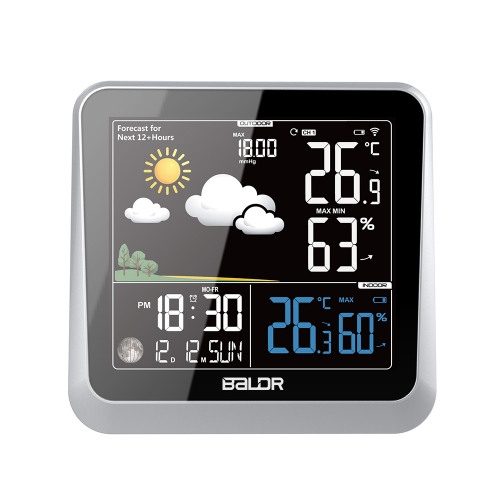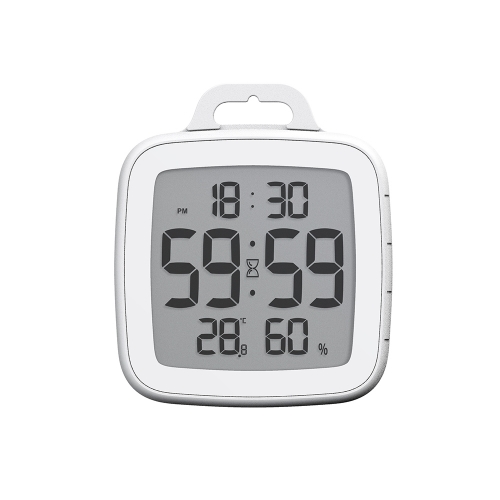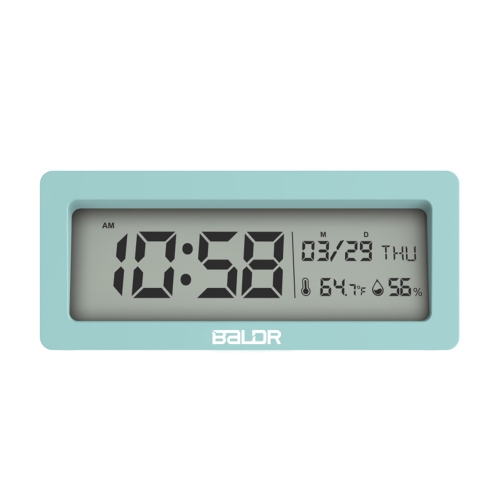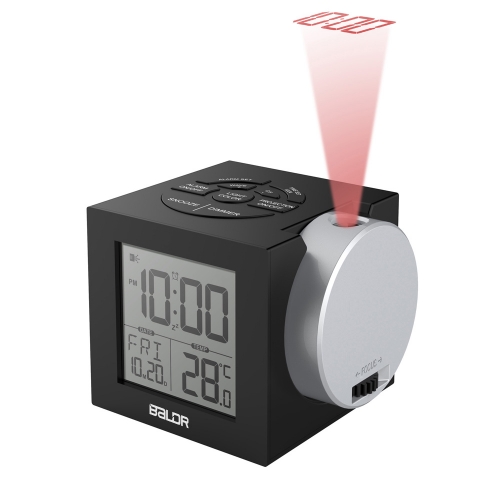TVOC HCHO Air Quality Monitor
E0342TVOC-V7
Indoor air quality researchers usually refer to the indoor organic gaseous substances they sample and analyze as VOC, which is the abbreviation of the first letter of the three words Volatile Organic Compound; various measured VOCs are collectively referred to as total volatile organic compounds TVOC ( Total Volatile Organic Compounds).
TVOC is one of the three types of pollution that affects indoor air quality more seriously. TVOC refers to an organic substance whose saturated vapor pressure exceeds 133.32Pa at room temperature. Its boiling point is between 50°C and 250°C. , can affect the skin and mucous membranes, causing acute damage to humans. The World Health Organization (WHO), the National Academy of Sciences/National Research Council (NAS/NRC) and other institutions have always emphasized that TVOC is an important class of air pollutants. The United States Environmental Agency (EPA) defines VOC as: any carbon-containing compound that participates in photochemical reactions in the atmosphere, except carbon monoxide, carbon dioxide, carbonic acid, metal carbides, carbonates, and ammonium carbonate.
TVOC is one of the three types of pollution that affects indoor air quality more seriously. TVOC refers to an organic substance whose saturated vapor pressure exceeds 133.32Pa at room temperature. Its boiling point is between 50°C and 250°C. , can affect the skin and mucous membranes, causing acute damage to humans. The World Health Organization (WHO), the National Academy of Sciences/National Research Council (NAS/NRC) and other institutions have always emphasized that TVOC is an important class of air pollutants. The United States Environmental Agency (EPA) defines VOC as: any carbon-containing compound that participates in photochemical reactions in the atmosphere, except carbon monoxide, carbon dioxide, carbonic acid, metal carbides, carbonates, and ammonium carbonate.





 USD
USD EUR
EUR